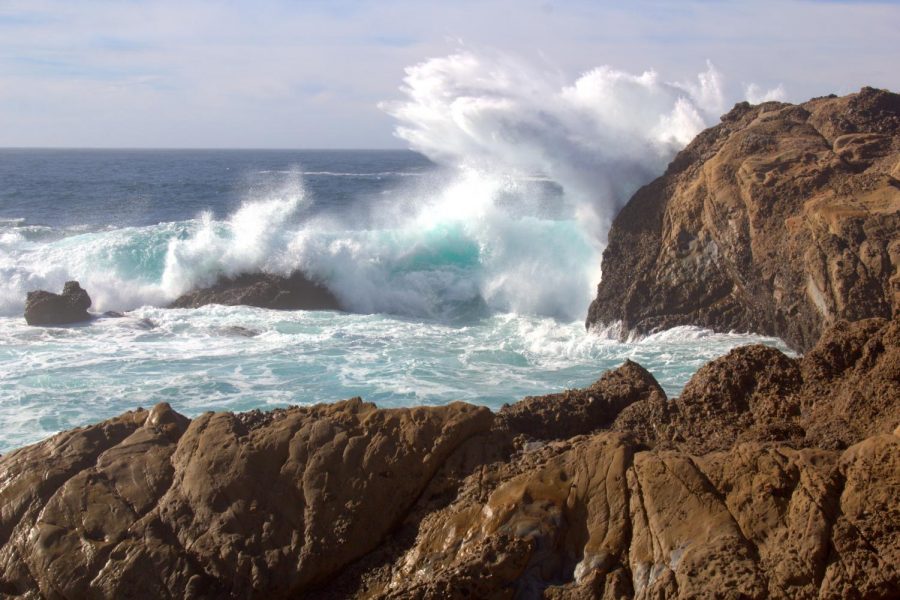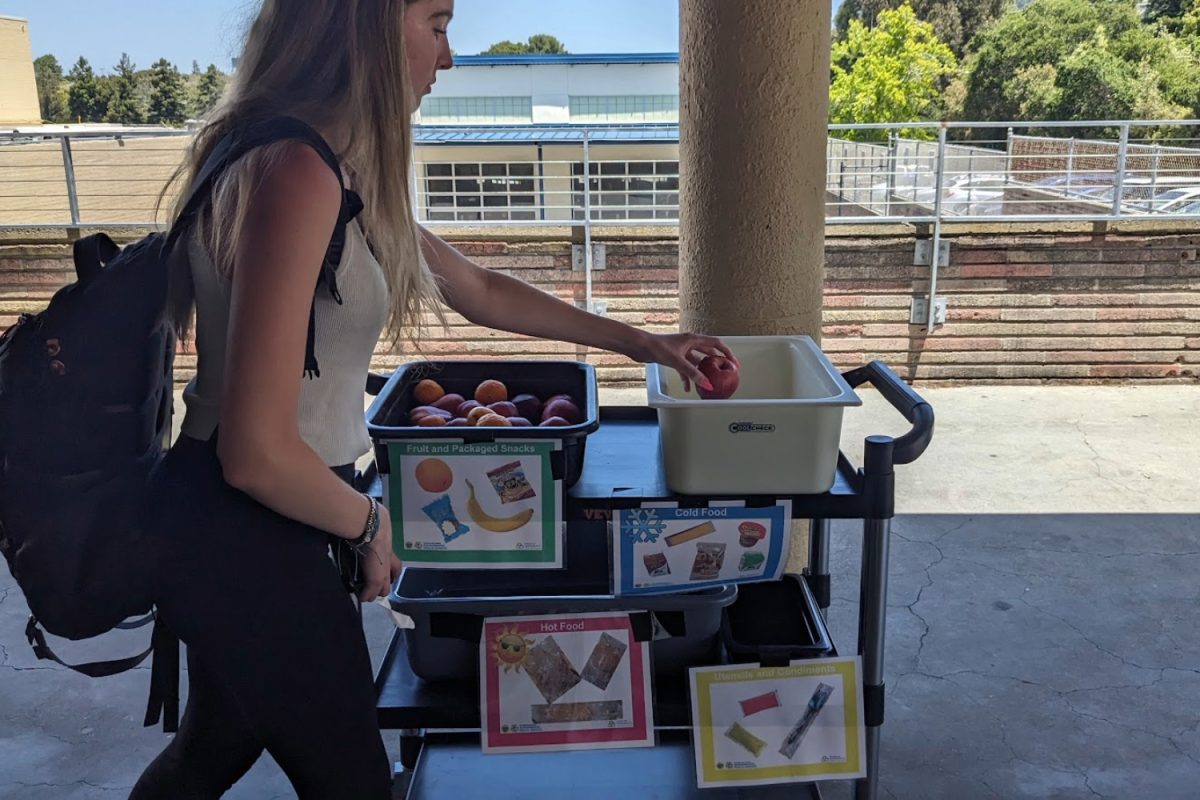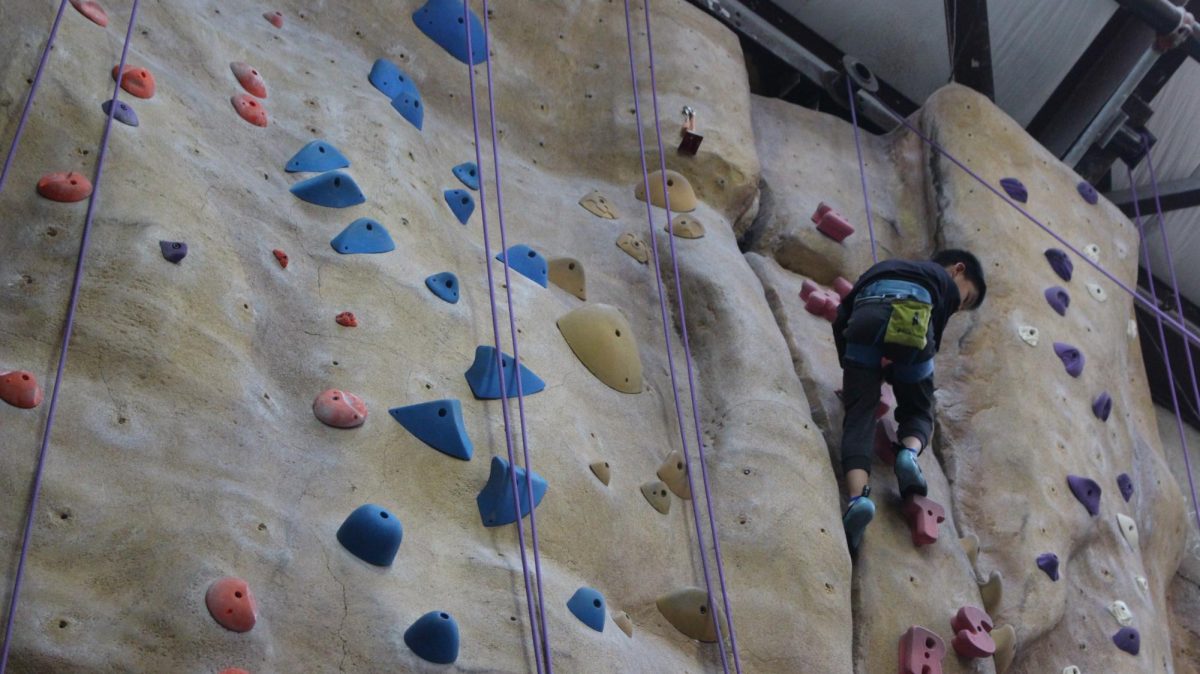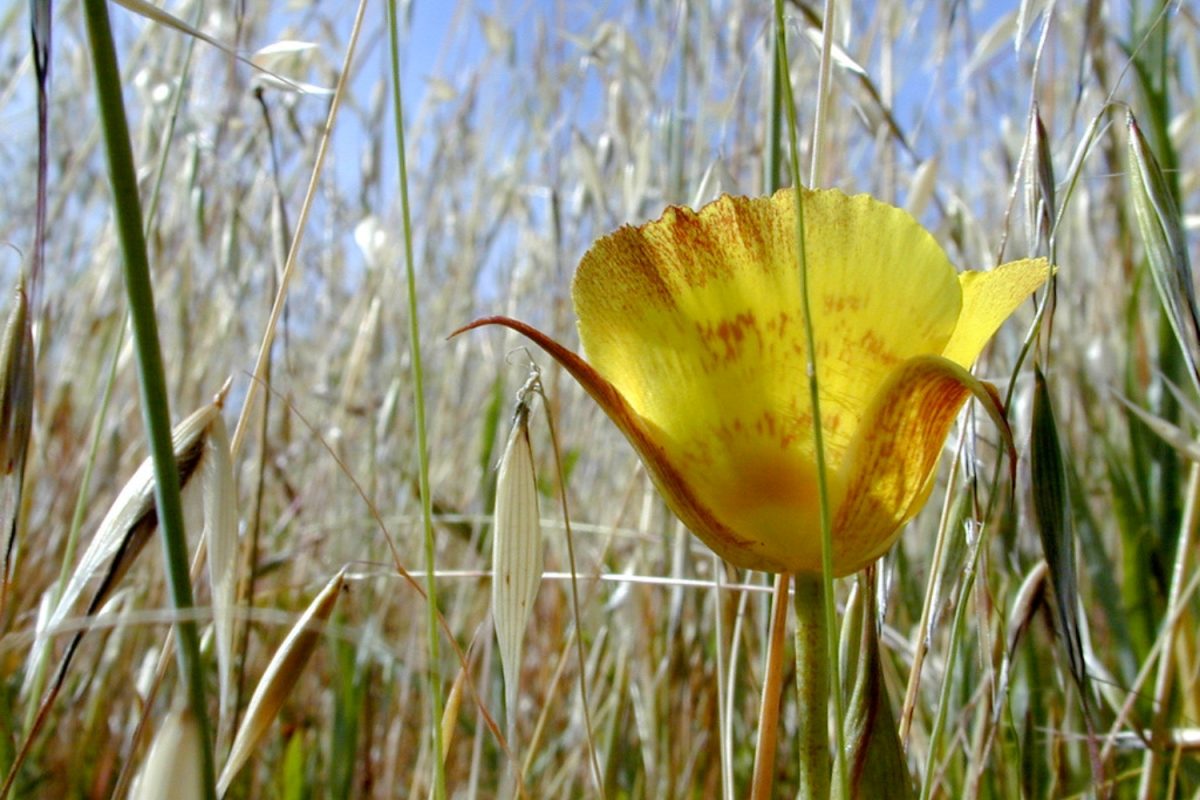In the past century, the global mean sea level has increased seven to eight inches because of human influence.
The California King Tides Project is a part of the California Coastal Commission researching and studying king tides’ effects and how they can help predict future changes in sea levels. This project was created in the winter of 2010-2011 and analyzed king tide images throughout California, which people submit through the project’s photo upload form. These photos display the impacts of the future sea-level rise in different communities and current flood risks in coastal areas. There are annual maps for each king tide season where the images are added, the most recent season being Nov. 2020-Jan. 2021.

The water was really high because usually, on a shore, you just walk in and get your ankles wet, but that’s normal. During king tides, however, where the low tide normally was, it was way higher and looked more dangerous.
— Hailey Cagle
Annie Frankel, a Whale Tail Grants and education coordinator within the California King Tides Project, explained how helpful the photographs throughout the king tide seasons are.
“We ask them to photograph these tides because when we can see what the impact is on our beaches, wetlands, roads, or other coastal infrastructure[s], it helps us visualize future sea level rises,” Frankel said.
King tide is a non-scientific term that originated in Australia. It became attributed to exceptionally high tides, which are high for 7 hours of the day, and then low for 7 hours. These tides can occur during a full moon when the moon is at its perigee or during specific seasons worldwide. Since these tides are natural, they do not relate to rising sea levels or climate change but are one to two feet higher than usual, threatening residents near water. Often during the season, flood warnings go into effect to protect the houses and other buildings nearby.
The residents in towns close to the water get wary during the king tide season every year, as they fear the erosion and rising sea levels will eventually mean trouble for them. Thomas Lopshire, a resident of Half Moon Bay, expressed his concern for the high tides.
“Every year, the highest tides seem to get higher, and every year we get the same flash flood warnings. I always get worried when the season comes because you never know if this is the year where it truly impacts us,” Lopshire said.
Greenhouse gases are poured continuously into the atmosphere and significantly affect the oceans. In 2018, ocean heating set a new record since more than 90% of the gases’ heat is absorbed by the seas throughout the world. One climate change effect that is occurring is rising seas. Since 1880, average sea levels have increased by over eight inches, with three inches recently accumulating over 25 years. Sea levels elevate .13 inches annually because the hotter the water gets, the more it expands.
“The thing that we need to do to keep the sea level from rising is to stop burning fossil fuels, coal, oil, and natural gas. The more we burn them, the more carbon dioxide we put into this atmosphere,” Frankel said. “And one of the big reasons for sea-level rise going forward is melting ice, melting glaciers, and land. The faster we stop burning fossil fuels, the better off we’re going to be in terms of sea-level rise.”
Fossil fuels are natural fuels such as coal and gas formed in the geological past remains of living organisms. These fuels, found in the Earth’s crust, are used for energy. According to the National Academy of Sciences, 81% of the total energy used in the United States comes from coal, oil, and natural gas. This energy contributes to aspects of daily life from running cars to factories, as well as providing electricity for homes. The fuels contribute almost three-fourths of emissions from human activities in the last 20 years, which has continued to impact the environment.
Hailey Cagle, a sophomore at Carlmont High School, gave her opinion on how climate change will affect sea levels rising.
“I think that if [king tides] are significantly higher than the year before, then it’s probably a sign that things are melting and water levels are rising,” Cagle said. “Sea levels [will] continue to rise, especially if nothing’s done about the issue of climate change.”
Due to the present issue of climate change, king tides are a helpful example of what the future could hold for sea levels. This concerns longtime residents, who will need to protect their homes and themselves. From working with other scientists, Frankel has learned ways to prevent any damage in the future.
“There are places where people may live near the bluff, and in some places, the bluffs are eroding pretty quickly … If you live there, you may want to build a seawall and protect your bluff,” Frankel said.















